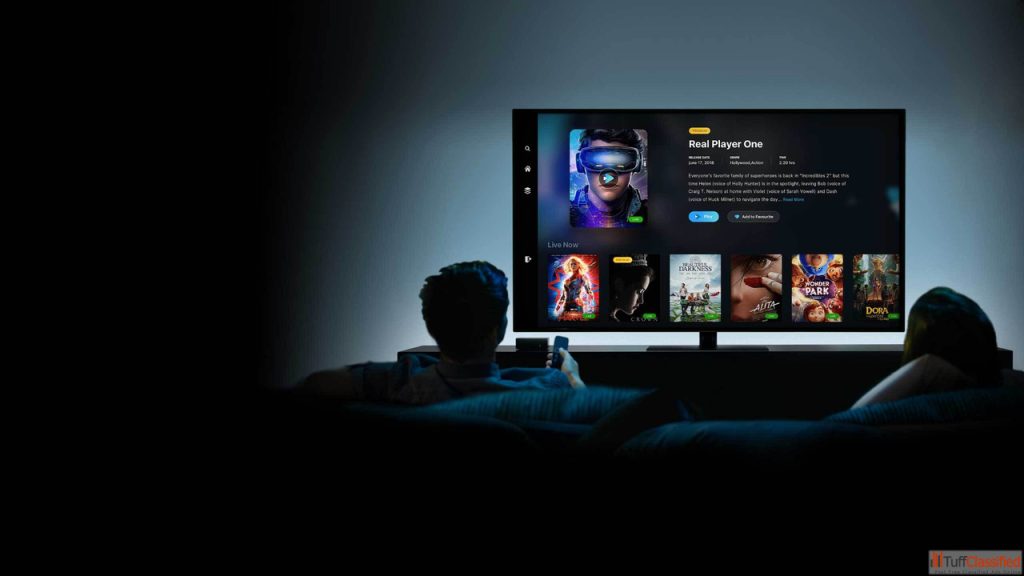Stay Motivated to Practice With Interactive Features on Modern Digital Pianos
Modern digital pianos have revolutionized the way musicians’ practice, offering a wealth of interactive features designed to enhance motivation and sustain long-term dedication. Unlike traditional acoustic pianos, digital pianos come equipped with built-in tools that make practice more engaging and enjoyable. One of the most compelling features is the availability of interactive lesson modes, where users can follow guided tutorials directly from the instrument’s interface. These lessons often break down complex pieces into manageable segments, allowing learners to practice specific sections before combining them. This structured approach reduces overwhelm and keeps motivation high, as learners can track their progress and witness tangible improvements. Additionally, digital pianos often include rhythm accompaniments and background tracks that simulate playing alongside a full band or orchestra. Practicing with these backing tracks can significantly improve timing, rhythm, and musicality while making practice sessions feel more like performances than monotonous drills. Another key feature of modern digital pianos is the integration with apps and devices.

Many models support Bluetooth connectivity, allowing users to sync their pianos with apps that provide interactive sheet music, track progress, and even suggest personalized practice routines. This seamless integration not only modernizes the practice experience but also makes it more customizable, catering to individual learning styles and preferences. Gamification elements, such as earning points or unlocking achievements for completing practice goals, introduce a playful element that keeps learners engaged. Furthermore, the ability to record and playback performances is invaluable for self-assessment. Musicians can listen to their playing objectively, identify areas needing improvement, and monitor their growth over time. This reflective process fosters a deeper connection to the instrument and encourages consistent practice. The practice experience is further enhanced by features such as tempo adjustment and metronome integration. Slowing down difficult passages without compromising sound quality helps learners build accuracy before increasing speed. Meanwhile, a built-in metronome ensures that rhythm and tempo are maintained, even during complex pieces.
Such precision tools make practice sessions more productive and less frustrating. Some digital pianos also offer the option to split the keyboard, allowing teachers and students to play side by side, facilitating real-time feedback and collaborative practice. This feature is particularly beneficial for learners taking virtual lessons, as it simulates a more interactive classroom environment. Moreover, the convenience and portability of digital pianos contribute to maintaining practice motivation. Lightweight designs and headphone compatibility mean that musicians can practice discreetly without disturbing others, making it easier to fit practice sessions into a busy schedule. This flexibility is essential for maintaining consistency, as it eliminates common barriers like limited space or noise restrictions. Additionally, modern digital pianos often come with customizable sound libraries, allowing users to experiment with different tones and effects. This creative freedom keeps practice sessions fresh and prevents stagnation view here https://urbanmatter.com/from-old-to-new-trade-in-your-piano-and-upgrade-your-musical-journey/. By incorporating lessons, backing tracks, app integration, and performance recording, these instruments foster a sense of progress and creativity.


 When selecting an IPTV provider, consider the following:
When selecting an IPTV provider, consider the following:


